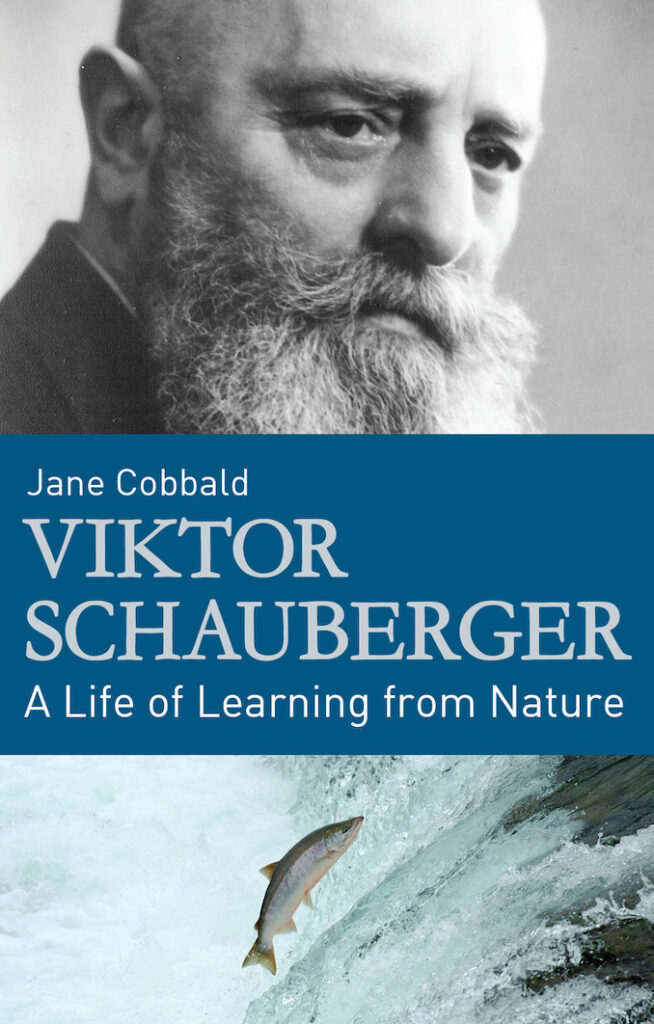
“Today’s technology strives to move forwards with forces that operate backwards.”
~ Viktor Schauberger
By Ricardo Oskam
Water makes up roughly two-thirds of the human body and covers about 71% of the Earth’s surface. Water molecules are found in the food that we eat, the air that we breathe, and the water that we make, drink, and surround ourselves with. We are beings of water. That is why this fundamental element of life simply cannot be neglected if one is to seriously attempt to further one’s understanding of life.
The relationship that water bears to both the physical and spiritual realms has been researched by many. Although some consensus exists about water’s chemical properties, there is great debate about its entanglement in the metaphysical world. Dr. Masaru Emoto—known for his book The Hidden Messages in Water and his “rice experiment”—and Dr. Gerald Pollack, whose work explores the structured “fourth phase” of water, are examples of innovative water researchers. Well before these two contemporary researchers published their work, though, there was the early 20th-century Austrian-born engineer and researcher Viktor Schauberger, often dubbed the “Nikola Tesla of the water realm.”
In her 2007 biography Viktor Schauberger: A Life of Learning From Nature, Jane Cobbald offers a short yet comprehensive overview of Schauberger’s lifeworks. Breaking down a selection of his most prominent contributions to science, she discusses their implications and how they could benefit us today. Schauberger, who spent most of his time in the mountainous forests of northern Austria, was a keen observer of the natural world. Mostly self-taught, he was inspired by the patterns found in nature; for him, they represented a perfect blueprint as to how ecosystems function cohesively, without friction. Nature’s design, he argued, has been optimized throughout the ages, which is why the human species has to “Kapieren und kopieren” (“comprehend and copy”) Nature’s patterns to solve our biggest (man-made) problems.
This process, known as biomimicry, was exercised by many celebrated inventors of the past. Da Vinci’s design of a flying machine that closely resembled the structure of bat wings is one such example. So is the aerodynamically shaped nose of the Japanese high-speed shinkansen bullet train, mirroring the beak of the kingfisher bird. Biomimicry looks to nature to find answers to questions such as how to make materials stronger, generate energy more efficiently, build better infrastructure, or create new and innovative technologies.
The mechanical inventions associated with 20th-century industrialization, so emblematic of a time that optimized for quantity of output and reduction of input costs, led Schauberger to question established theory regarding how energy was produced. The machines of the industrial age relied on what he called “technical motion”: outward spiraling while producing force, heating up, and inevitably decaying its components. Instead of these “inefficient” methods, forces found in nature—such as the flowing state of a river—rely on “original motion”: inward spiraling, concentrating and enhancing the way energy is converted through implosion, rather than explosion.
The common denominator across many of Schauberger’s machines—intended to work with air or water—was the spiraling motion, not unlike the double-helix formation of DNA. Although many of his designs never made it beyond prototyping due to a lack of funding, he continuously looked for real-world applications. As a woodsman, for example, he successfully built canals to glide logs down, keeping in mind the phases of the moon and the temperature gradients of the water. Although the reader would easily be forgiven for initially struggling to fully grasp conceptual ideas like this canal system, the book provides copies of Schauberger’s drawings for illustrative purposes.
This book is especially relevant today when the world is being “sold down the river” by playing on our inclination to get out of a right relationship with nature. One concept discussed by Cobbald is that of “biocenosis”—a community of interconnected plants and animals that each contribute to the quality of the collective whole—which is a term that might easily remind the reader of Solari’s Popsicle Index . Successful coexistence allows higher forms of life to evolve; however, when one of the parts fails to hold its end of the bargain, the end result is a reduction in quality to all. Schauberger observed, for example, that selective felling of mature trees allows for their offspring to stand tall in the light of the sun, guaranteeing the continuation of the collective, whereas doing the opposite, such as clearcutting vast areas of forest, will inevitably steer mankind toward implosion. By moving into right relationship with nature—which means acknowledging that complex interconnected phenomena exist and are often misunderstood—resources can be harvested intelligently and sustainably.
These days, we are offered cheap virtue in the form of unproductive and unreliable “answers” to the (man-made) energy crisis. By neglecting the political aspects of this ideologically-driven agenda—with arguments often rooted in selectively chosen data—we forego the opportunity to harmonize our relationship with the natural world in a way that raises the Popsicle Index. What we need to focus on instead is the real deal. Schauberger challenges us to stop overanalyzing and go back to synthesis and a proper comprehension through observation—without false frames of reference. A childlike openness to learning is of paramount importance to achieving this and enjoying nature’s healing properties. What would be possible if we designed our man-made ecosystems using the blueprints offered by nature? Arguably, the whole would benefit, growing the size of the pie for all stakeholders.
Schauberger’s groundbreaking theories on free energy devices, requiring only an initial input to kickstart perpetual motion, did not go unnoticed by the military-industrial complex. Prominent leaders of Germany’s National Socialist party personally recruited Schauberger—an offer he quite literally could not refuse. The deal required him to apply his vortex engine designs to military aircraft, utilizing the anti-gravity potential created by spiraling water. Official reports tell us that although vertical propulsion was indeed achieved, the device was simply too unstable to ever be flown.
After WWII, the early-stage U.S. intelligence agencies took over the baton by handing Schauberger a predatory employment contract in English (a language he did not speak). How his vision may have impacted Operation Paperclip, or whether his propulsion designs made their way into the secret space program, are some of the many unanswered questions that still surround the life of this visionary. Jane Cobbald refrains from speculating on these topics and sticks to more factual sides of the story.
As Schauberger’s family continues to build his legacy through the non-profit PKS organization (Pythagoras Kepler System), many companies have attempted to commercialize his ideas. Vortexing water before irrigation and using bronze farming equipment have the potential to benefit crop yields, while the archetypal nature of movement found in egg-shaped objects has been applied to areas such as fermentation. For the sake of optimizing health and restoring our relationship to the natural world around us, this is a book well worth reading.
For further insights into Schauberger’s life and work, watch the 2008 documentary, Viktor Schauberger – Comprehend and Copy Nature.































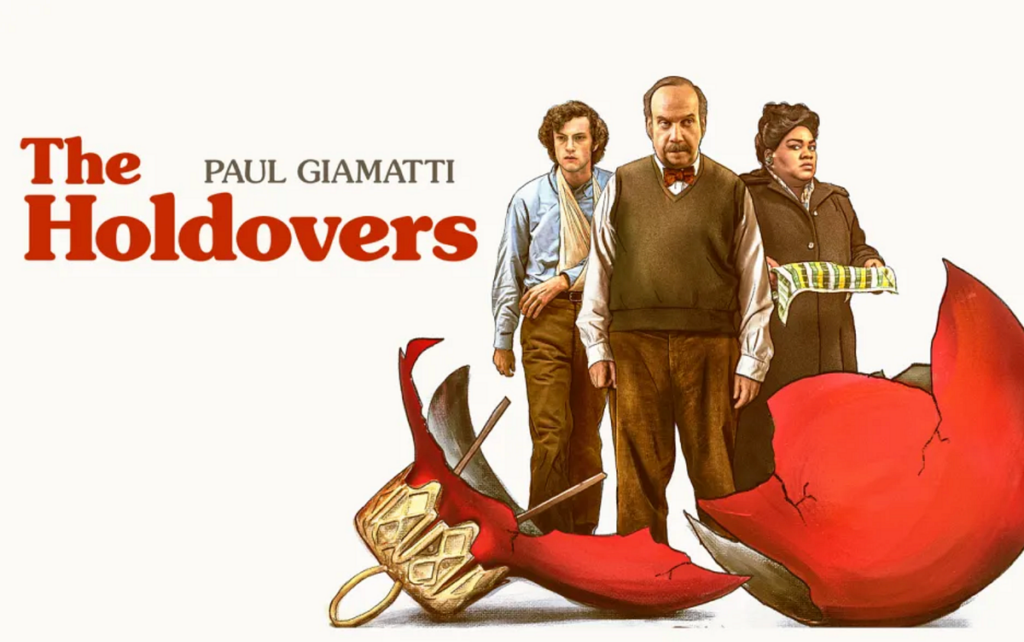























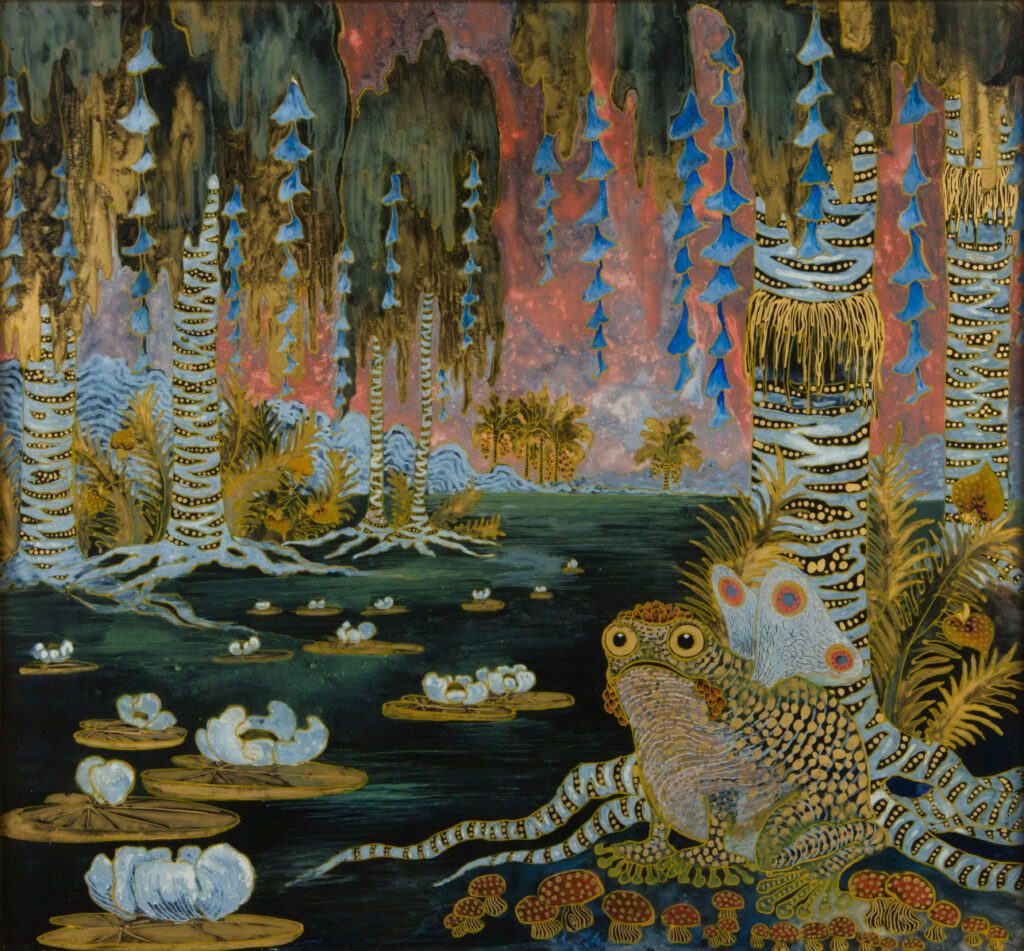

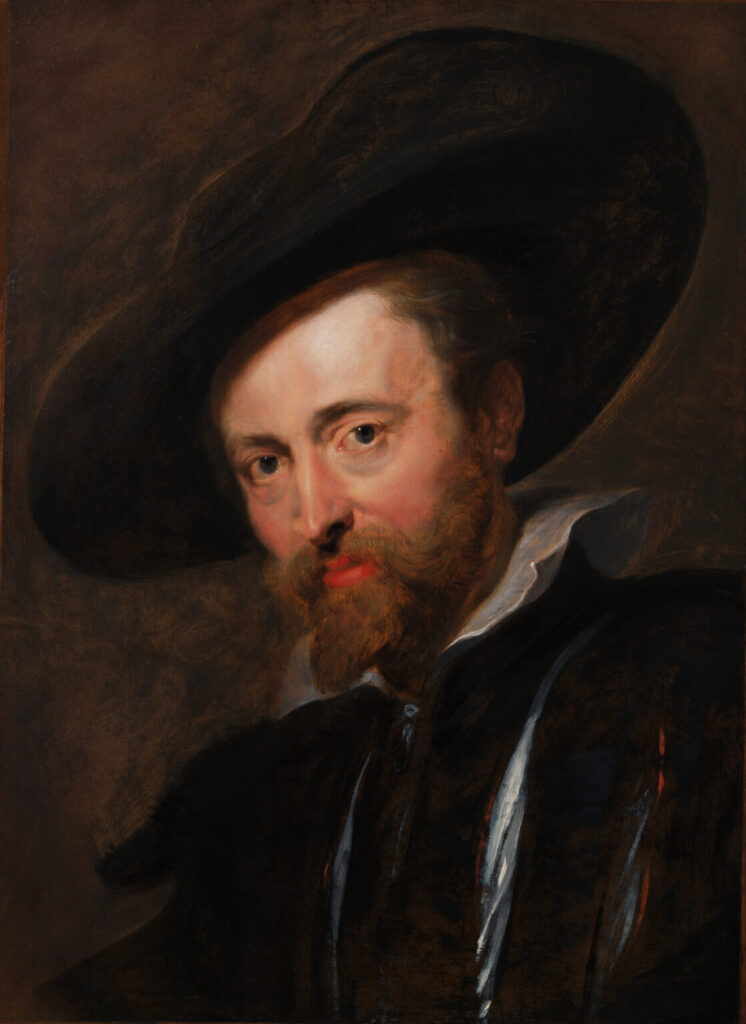
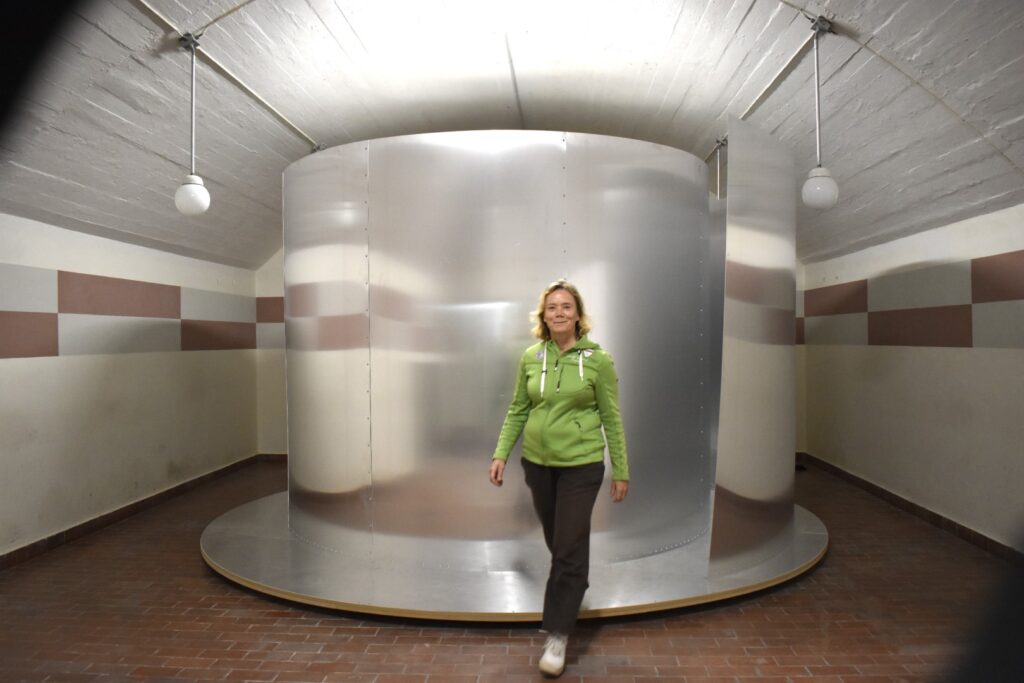

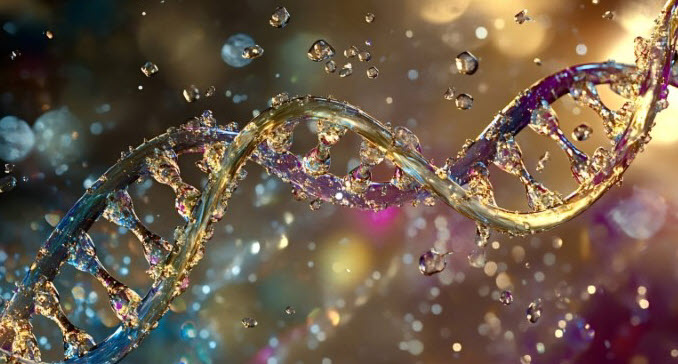










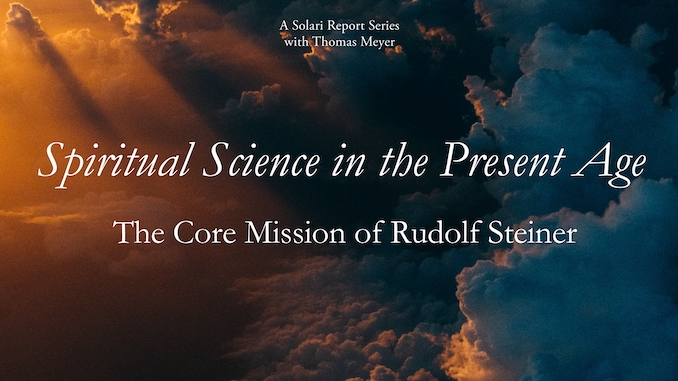



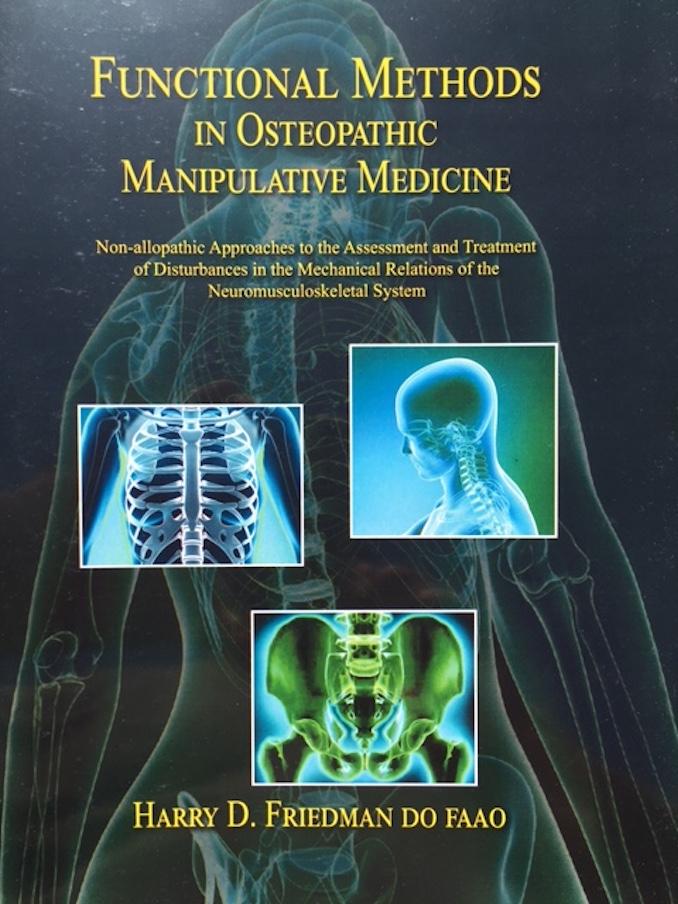







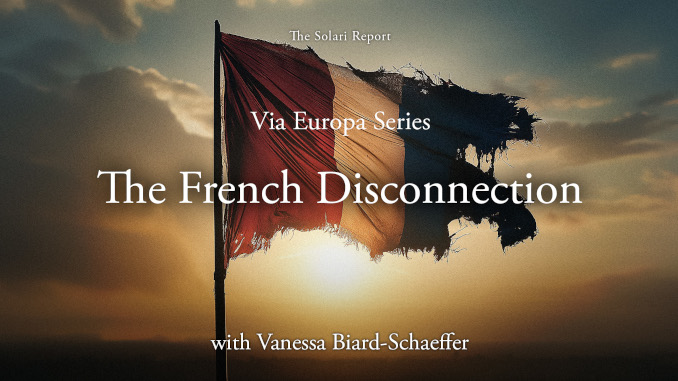
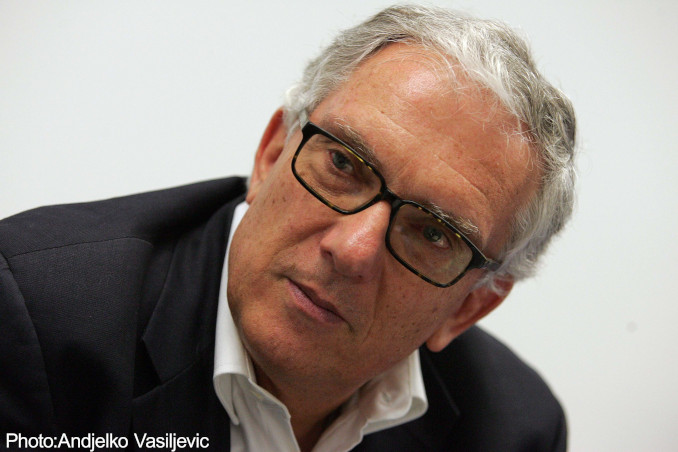












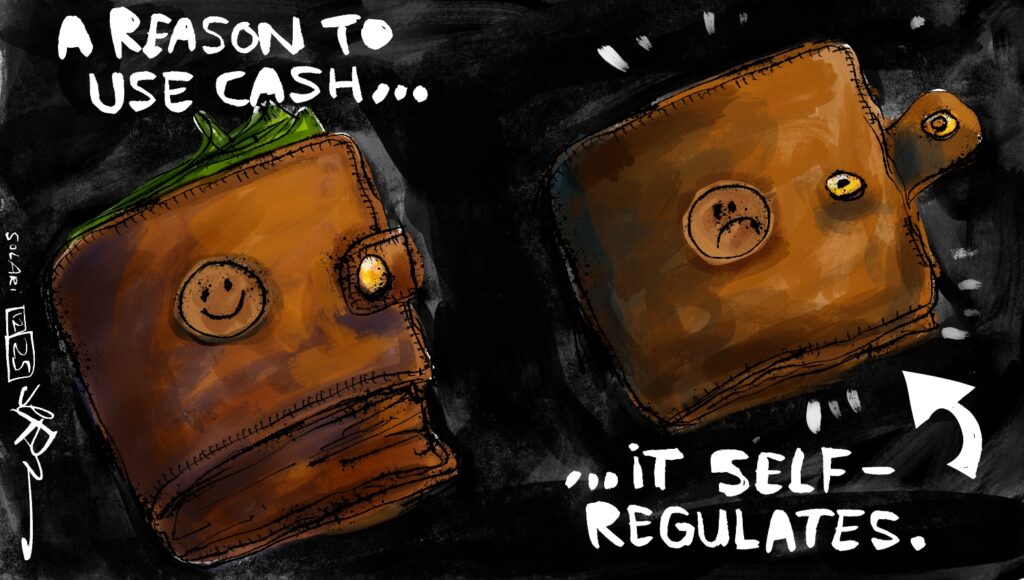






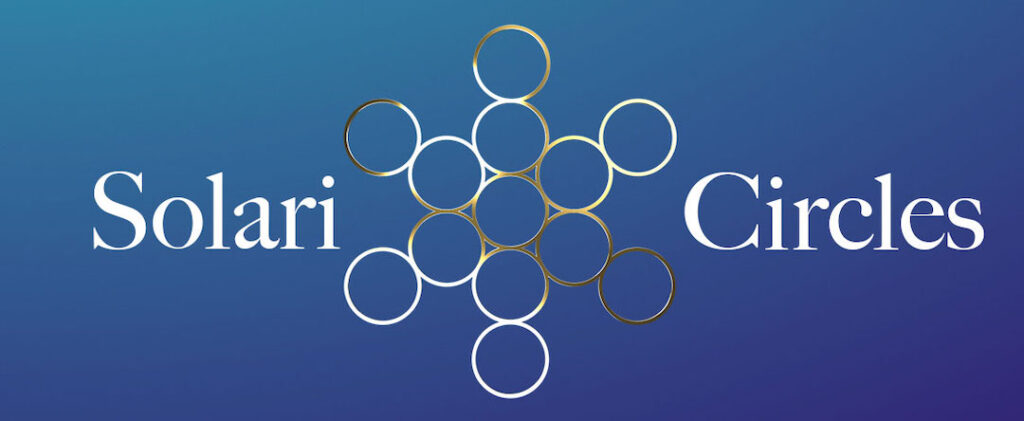











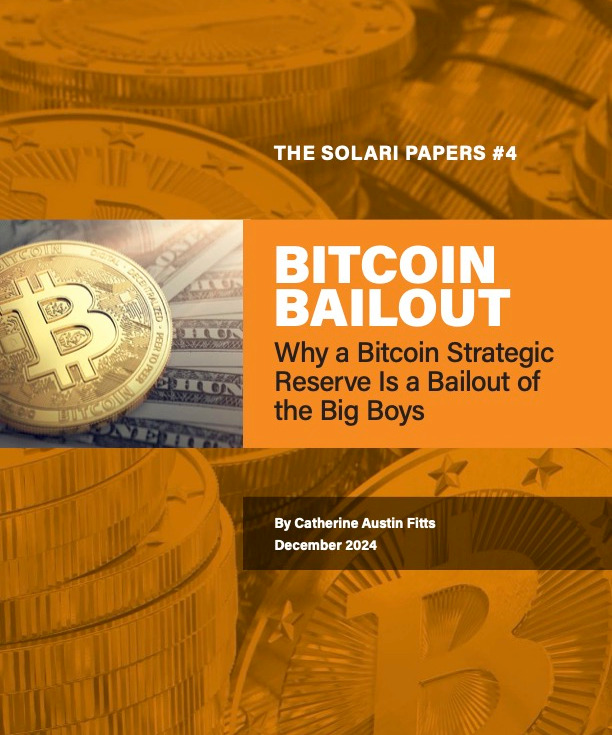

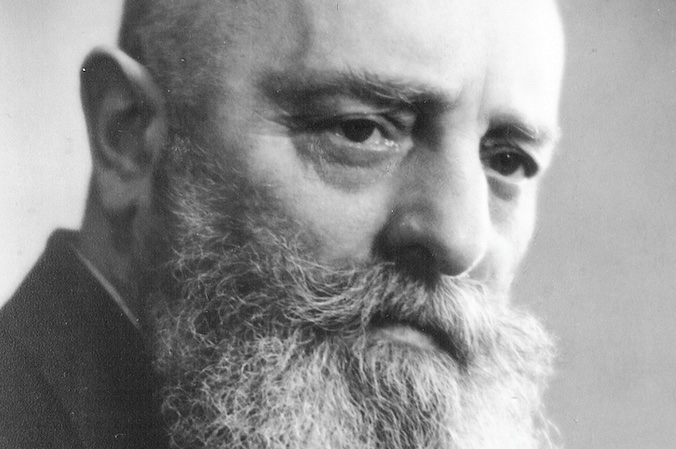

You have no idea – I have been praying (literally) for more information on Viktor Schauberger. Wow.
I had no idea he was from Bad Ishl – Brahms’ favourite holiday spot. If I remember correctly, he composed his Op. 111 String Quintet, the Op. 119 Klavierstücke, the Clarinet Sonatas and countless other works there.
Vergelts Gott!
(PDF) Viktor Schauberger – Living Water and the Secrets of Natural Energy (1990) | Dcruz Kokkai – Academia.edu
pg. 115
It is clear how man can become the master as well as the servant of all creation. Yet this possibility is held on a knife edge, and one mistake could plunge him into the abyss. The man who understands creative transformation is like a god. The one who manipulates this for his own ends is a servant of the devil, who can destroy the whole world.
https://html.scribdassets.com/4eshkwe2f455s6uz/images/110-1826678363.jpg